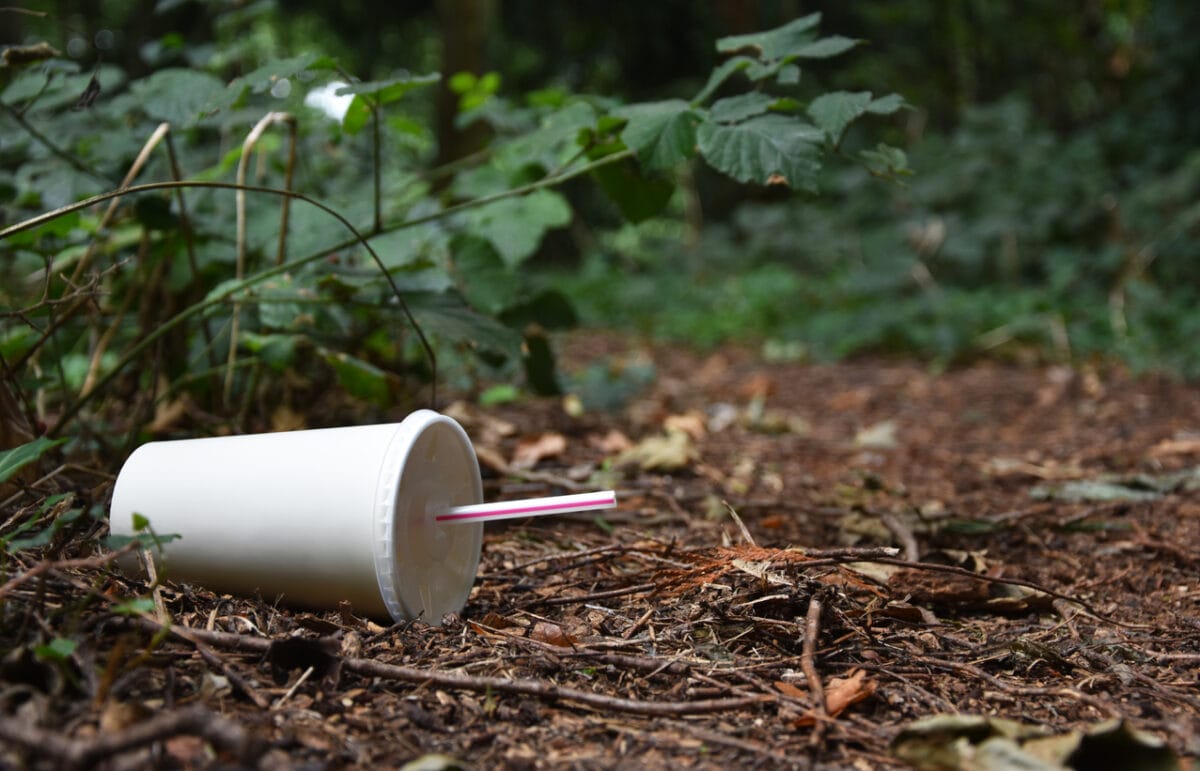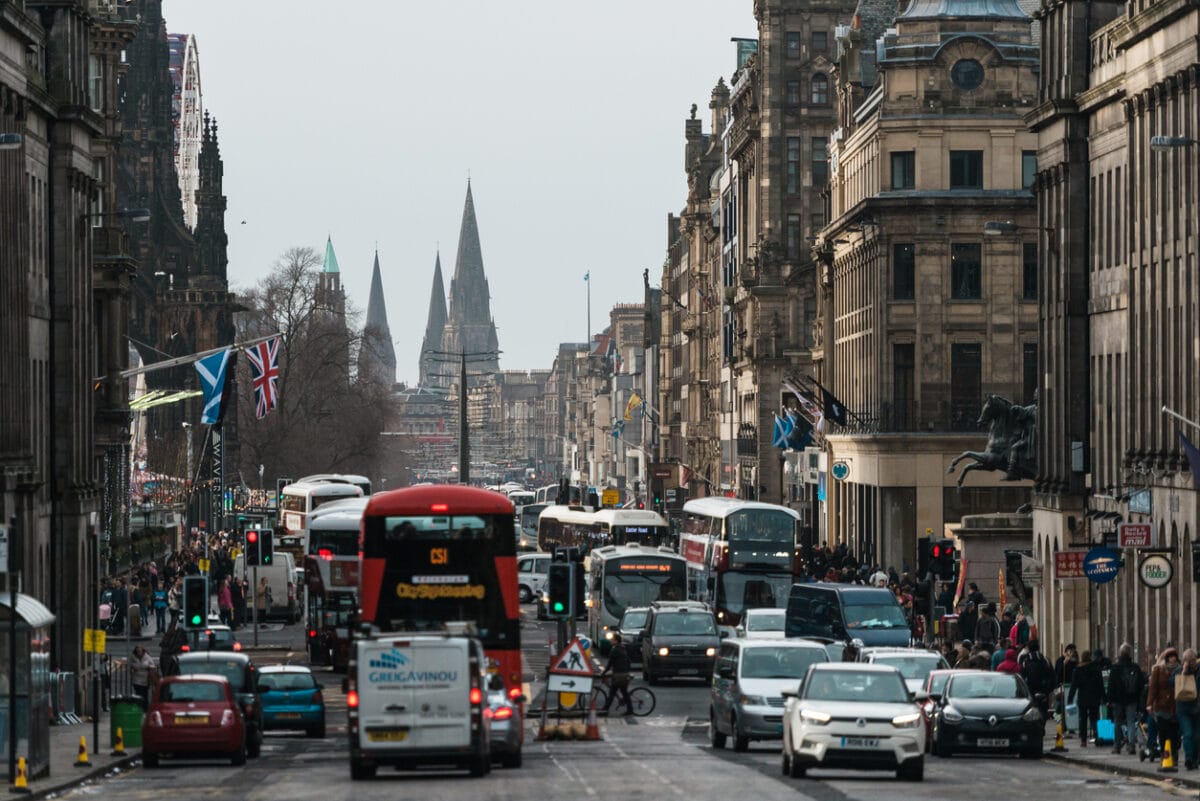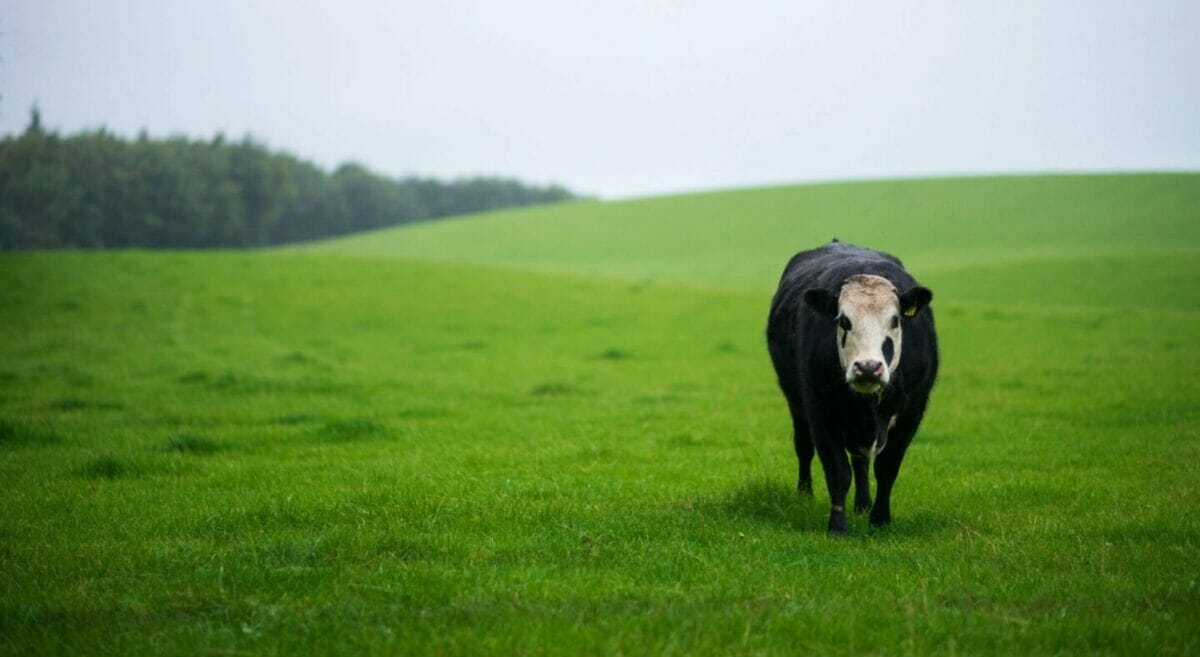
As the impacts of the climate crisis become more significant, the Scottish Government has put in place targets to reduce emissions across different areas of the economy and society.
In our Scotland and the Climate Crisis series, Ferret Fact Service looked at what targets are in place.
Greenhouse gases
Scotland’s overall climate target is a plan to reach net zero emissions by 2045. Net zero is when there is a balance between the amount of greenhouse gas emissions and the amount removed from the atmosphere.
In order to achieve this, the Scottish Government has put in place interim targets of a 75 per cent reduction by 2030, and a 90 per cent reduction by 2040. These targets are relative to levels of greenhouse gas emissions in Scotland in 1990.
There are also yearly targets which set out planned reductions in emissions until Scotland reaches net zero.
Scotland’s climate change plan sets its net zero target five years ahead of the UK, after a recommendation from the Climate Change Committee.
The overall target includes emissions from aviation and shipping, and does not allow for carbon credits, where a country can pay for emissions to be reduced elsewhere which count towards its targets.
Electricity
The Scottish Government has committed to meeting the equivalent of 50 per cent of our energy needs in heat, transport and electricity consumption from renewable energy by 2030, with a “near-complete decarbonisation” of energy by 2050.
In order to meet these targets, Scotland hopes to grow offshore wind power capacity to between 8 and 11 Gigawatts (GW) by 2030. An increase in hydrogen production to five GW of hydrogen by 2030 and 25 GW by 2045 is also planned.
Scotland’s energy strategy also says there will be reductions in oil and gas production. However, control over licensing of North Sea oil and gas is reserved to the UK. North Sea oil is considered to be “unallocated” and as such is not included in Scotland’s annual emissions.

Waste
Emissions in Scotland’s waste management sector were 1.5 million tonnes in 2021. The Scottish climate plan aims to reduce these emissions to 1.2 megatonnes by 2025, and 0.8 megatonnes by 2030.
The plan is also targeting a one third reduction in food waste between 2013 and 2025.
Ministers have also pledged to stop all biodegradable municipal waste going to landfill by 2025 and reduce the percentage of overall waste sent to landfill to five per cent by 2025, with 70 per cent of waste recycled.
The Scottish Government has already banned a number of single-use plastics such as cutlery, plates and stirrers, and most plastic straws.
Industry
Industry makes up a large part of Scotland’s overall greenhouse gas contributions, accounting for nearly 30 per cent of total emissions.
Scottish industrial emissions have fallen significantly since 1990, but to stay in line with Scottish emissions targets, the sector must decrease emissions by 43 per cent from 2018 to 2032.
Recent Scottish Government-commissioned research found that by 2045, industrial emissions could reduce by 80 per cent without affecting output.
A significant amount of focus has been put on the role of carbon capture and storage (CCS) in Scotland’s climate plan, which states that it is “essential to reach net zero emissions” and “key to industrial decarbonisation”. CCS enables carbon produced from industrial processes to be stored rather than emitted into the atmosphere.

Housing
Currently, heat in buildings accounts for 20 per cent of Scotland’s greenhouse gas emissions, and the climate plan targets a 68 per cent fall in emissions for homes and non-domestic buildings between 2020 and 2030.
The Scottish Government says 50 per cent of homes will need to convert to a low carbon heating system by 2030 to meet statutory emissions targets, while at least 22 per cent of heat in buildings will need to be directly supplied from renewables.
In order to meet these targets, almost all of the 170,000 homes that currently use high emissions oil, LPG, and solid fuels, as well as at least a million homes using mains gas will need to be converted to zero emissions heating. Fifty-thousand non-domestic properties will also need to be converted.
Fossil fuel consumption used for heat in buildings will need to be reduced by an estimated 28 terawatt hours (TWh).
Transport
Transport is Scotland’s biggest source of domestic greenhouse gas emissions.
The Scottish Government plans to reduce emissions in the transport sector by roughly half between 2019 and 2030.
Ministers have also committed to phasing out new petrol and diesel cars by 2030, with a plan to move to 100 per cent battery electric vehicle sales. It also committed to a 20 per cent decrease in kilometres travelled by car by 2030.
Scottish councils are also introducing low emissions zones across the country in Aberdeen, Dundee, Edinburgh, and Glasgow.
The Scottish Government has also pledged to decarbonise scheduled flights in Scotland by 2040, and create a “zero emission aviation region” in the Highlands.
Agriculture
The Climate Change Plan aims to reduce emissions from agriculture 31 per cent by 2032 from 2018 levels.
The majority of agriculture emissions come from livestock, and the Scottish Government is extending the requirements for farmers and crofters to take positive environmental actions.

Adaptation
Scotland’s climate has already changed, and part of the Scottish Government’s plans are about adapting to the changing climate, as well as reducing emissions in an attempt to restrict global heating.
Average temperatures in Scotland rose by 0.5C in just thirty years between 1990 and 2020. All ten of the hottest years on record in the country have occurred since 1997, while winters were nine per cent wetter between 2010 and 2019 than they were between 1961 and 1990.
The Climate Change (Scotland) Act 2009 requires ministers to develop policies and objectives on adaptation to climate change.
Scotland’s adaptation strategies are led by Adaptation Scotland, a programme funded by the Scottish Government.
LULUCF
Land use, land use change and forestry (LULUCF) is a significant part of action against climate change in Scotland. Maintaining and increasing tree cover, peat restoration and improved soil quality helps to reduce greenhouse gases, and increase the amount of carbon dioxide that is absorbed. It is also important for climate adaptation, such as reducing and mitigating flooding.
LULUCF can be both a carbon ‘sink’, a process or activity that removes greenhouse gas from the atmosphere, or it can be a net emitter of greenhouse gases, depending on how it is managed.
The Scottish Government aims to move land out of farming and into grasslands and forestry in order to increase the emissions captured. It plans to increase woodland creation from 12,000 hectares in 2020/21 up to 18,000 hectares in 2024/25.
The Climate Change Plan also commits the Scottish Government to restoring 250,000 hectares of degraded peat by 2030.
Carbon capture technology
The Climate Change Plan makes clear carbon capture and storage (CCS), which enables carbon produced from industrial processes to be stored rather than emitted into the atmosphere, is central to Scotland’s plans for net zero.
It is a controversial technology, and some environmental campaigners believe its potential has been overstated, and too large a focus on solutions like CCS will distract from essential reductions in overall carbon emissions.
The Acorn project, a planned CCS facility that would transport captured emissions to storage under the North Sea, forms the central part of the climate change plan’s use of this technology, and had been planned to begin working in 2024, but was later sidelined by a UK Government funding decision.
The Scottish Government claimed in its climate change plan that Acorn could capture and store 10 Metric tons of carbon dioxide equivalent (MTCO2e) per year by 2030, but this has been questioned by climate campaigners.
Main image: Aivita/iStock















interesting article.
But i note that the government does not seem to be doing anything about the construction industry (decarbonising that) nor about effectively insulating Scottish housing stock with sustainable insulation ; ie not with Rockwool (melted rock with high carbon content) or Kingspan, which also has a massive carbon footprint and takes centuries to breakdown if it gets into landfill.
So I wonder what tge Scottish government is doing about that?